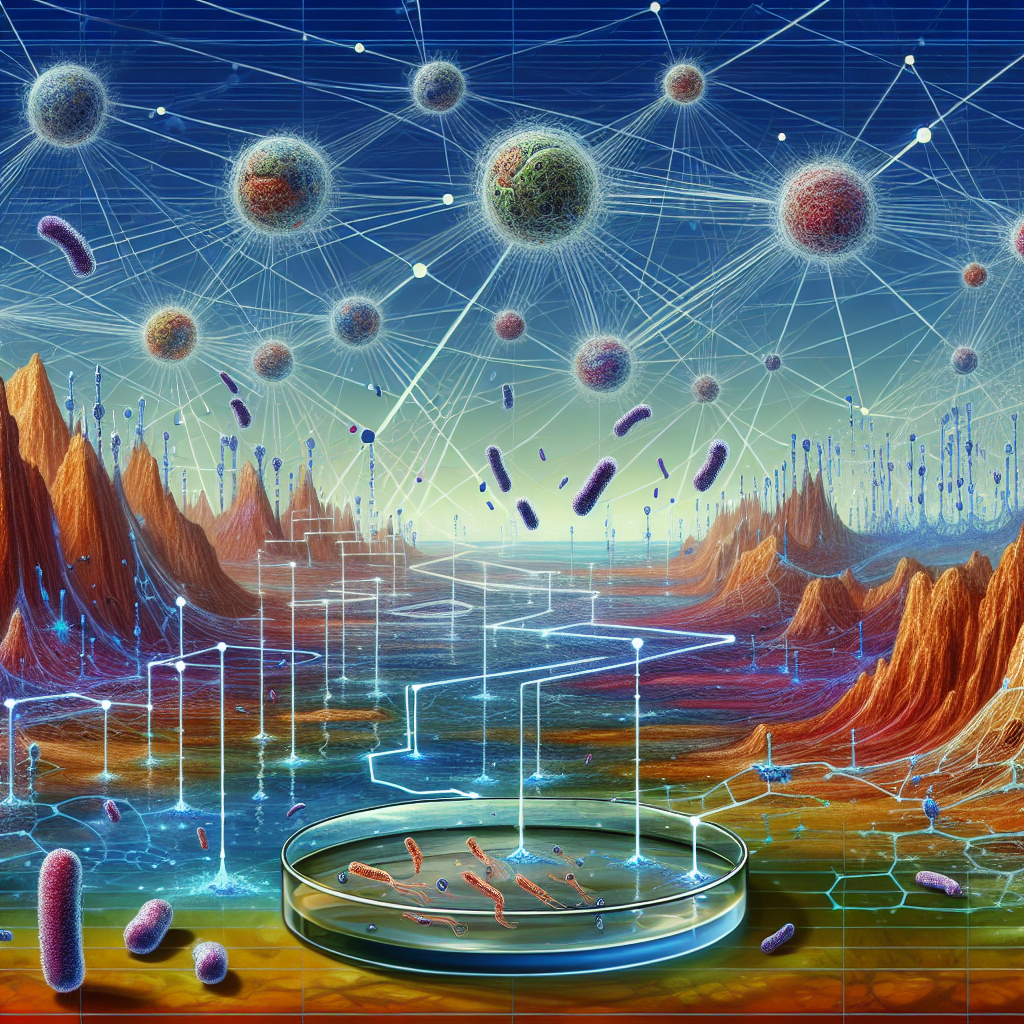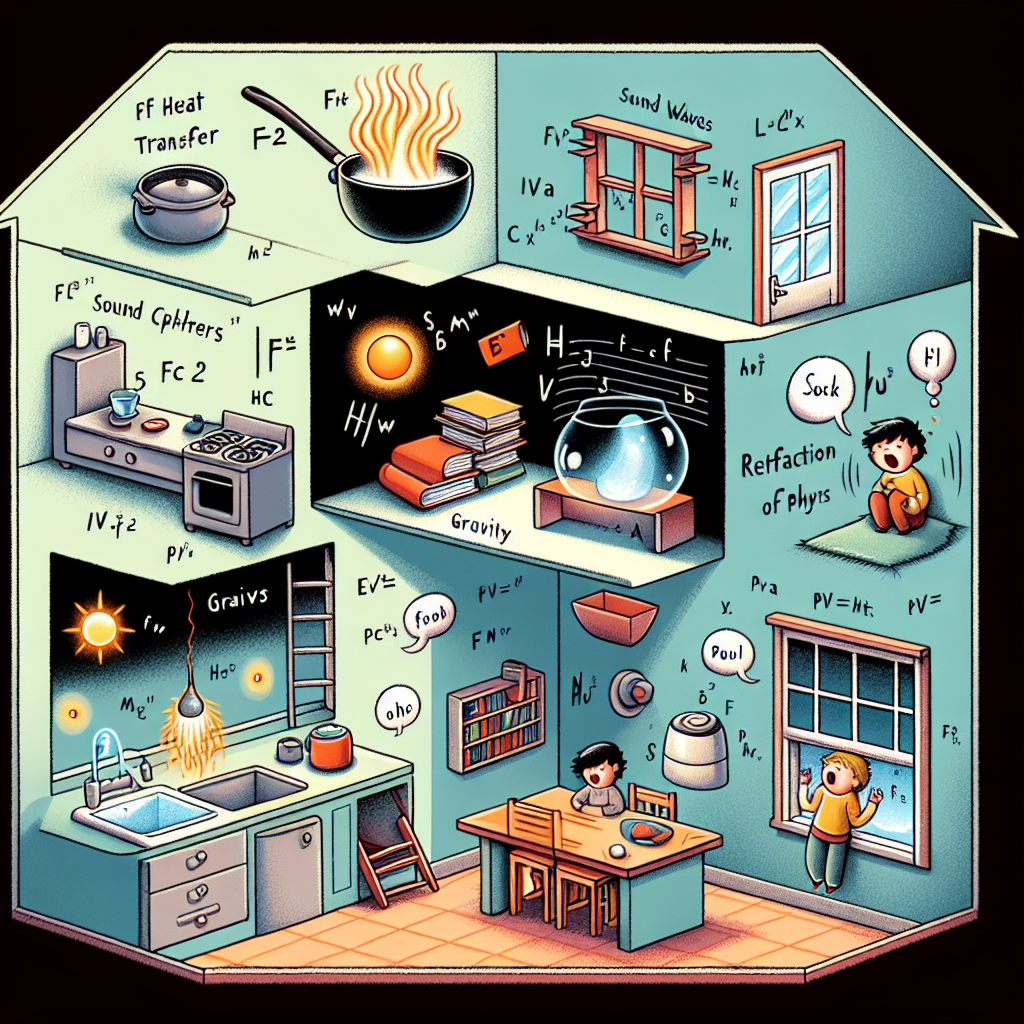Long before humans sent the first email or even dreamed of connecting through Wi-Fi, another form of communication had already conquered the planet—one that was invisible, ancient, and bacterial. Billions of years ago, single-celled organisms began developing ways to share information, cooperate, and even coordinate behavior. In essence, bacteria invented the world’s first “internet”—a biological network that still underpins much of life today.
When we think of bacteria, we often picture disease or decay, but in truth, they are the most socially connected organisms on Earth. They live in vast colonies, often numbering in the trillions, and communicate using a chemical “language” called quorum sensing. This process allows them to send and receive molecular messages, effectively letting them take votes about what to do next. For example, a single bacterium might release a signaling molecule into its surroundings. When enough of its neighbors detect this molecule—signaling a quorum has been reached—they collectively change their behavior, switching on certain genes at the same time. It’s a bit like a digital message going viral, but at the molecular scale.
This bacterial conversation governs everything from the glowing of bioluminescent plankton to the virulence of pathogens. The discovery of quorum sensing in the 1970s by researchers studying Vibrio fischeri, a bacterium that makes certain squid glow, revolutionized microbiology. The squid itself uses this glow as camouflage, matching the brightness of moonlight on the ocean surface to avoid predators. But the bacteria only “light up” when they sense that enough of them are present—essentially deciding as a group to act. Without communication, the glow would never synchronize, and the partnership would fail.
Bacterial networking doesn’t stop at chemical messaging. Some bacteria have evolved even more direct ways to share data. Through structures called nanowires, they can pass electrons—and potentially information—across distances, forming microscopic electrical grids. In soil and deep-sea sediments, these filaments can stretch for centimeters, connecting thousands of cells in a conductive network. To put that in perspective, that’s like a human brain neuron extending from New York to Boston. These “biocables” enable bacteria to coordinate metabolism and share energy across colonies, blurring the line between individual organisms and a collective superstructure.
Perhaps the most remarkable bacterial “internet,” though, is horizontal gene transfer—the ability of microbes to send genetic material directly to one another. While most life on Earth inherits DNA vertically (from parent to offspring), bacteria swap genes laterally, even across species. Through tiny DNA packets called plasmids, they can instantly gain new traits—such as antibiotic resistance or the ability to digest new nutrients. Imagine downloading a new app that suddenly lets you breathe underwater; that’s what bacteria do all the time. This constant exchange has made them evolutionary pioneers, adapting faster than any other life form and shaping ecosystems for billions of years.
In fact, the origins of many of our own biological systems trace back to this microbial communication web. The mitochondria powering our cells, for instance, were once free-living bacteria that merged with larger cells through cooperation rather than conquest. Even our immune system’s pattern-recognition mechanisms resemble bacterial quorum sensing in their ability to detect population-level threats. The parallels suggest that multicellular life itself may have evolved from early microbial cooperation networks—a biological internet that predated neurons, speech, or civilization.
Today, scientists are drawing inspiration from this ancient bacterial web to design biological computers and synthetic communication systems. Researchers have programmed bacteria to send messages in code, record environmental data, and perform logical operations—essentially transforming them into living circuits. The hope is that by mimicking bacterial communication, we can build bioengineered networks capable of healing tissues, cleaning up pollution, or even generating renewable energy.
So the next time you check your Wi-Fi connection, remember: the world’s first internet didn’t rely on cables, satellites, or silicon chips. It began deep in the oceans, billions of years ago, when the smallest forms of life learned that sharing information could change everything. In their silent, molecular symphony, bacteria proved that connection—long before technology—was nature’s most powerful invention.




